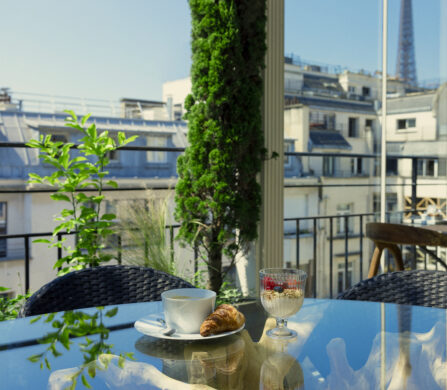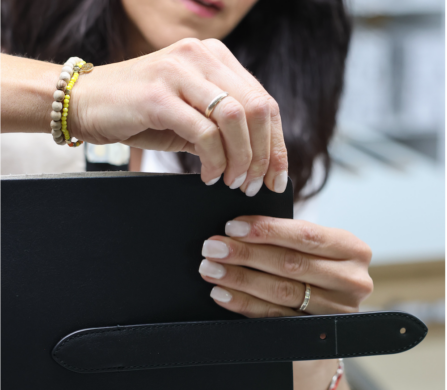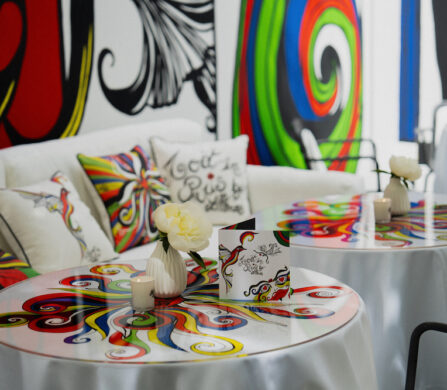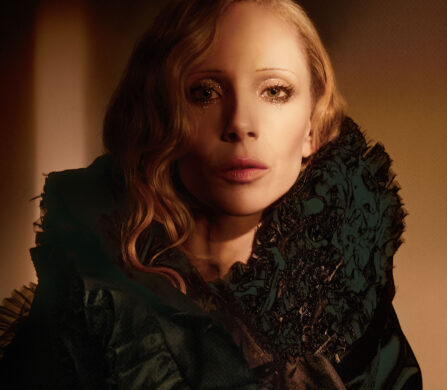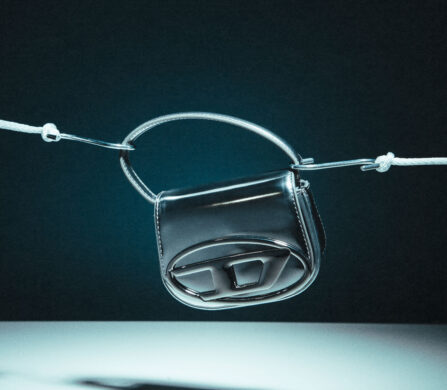
1904, Cartier’s first visit to Russia.
Pierre Cartier travelled to Russia several times and created ties with artisans from Saint Petersburg who became Cartier suppliers.
© Archives Cartier
Kate Middleton brandishes a set of these fine diamonds in the form of a tiara. Marilyn Monroe sang about how these precious minerals are a girl’s best friend in Gentlemen Prefer Blondes. Jeanne Toussaint introduced the iconic panther theme to the brand. We all know the name Cartier and the luxury associated with the jewellery house, but how did it all begin?
The exhibition Cartier: Style and History retraces the roots of founder Louis-François Cartier, then later Alfred Cartier and his sons, to pay tribute to the prominent figures in the history of decorative arts. Viewers enter the dimly lit Salon d’Honneur of The Grand Palais and are exposed to a whirlwind of fascinating facts about Cartier. The rotating pillar of brilliant tiaras is the first thing to catch the eye. The exhibition details the intricate creative process and relates the history of the jewellery giant, starting with its founding in 1847, to 1970. Cartier’s designs, from the classical pieces fit for a king, to the more avant-garde Art Nouveau creations, both geometrical and unique, demonstrate the transformations in style and social codes through the ages.
Visitors are guided through the exhibition as if they were in an unfolding storybook. Psychedelic, morphing frescoes are projected on the walls, adding a futuristic, dreamlike feel to the Cartier experience. The graphic artists, Antoine + Manuel, aimed to transform the room into a giant hall of mirrors to conjure up the magic of the world of the jewellery house.

This diamond sautoir necklace, created in 1910, documented via the concept notebook sketches, a plaster cast and a photographic plate.
J.-M. Del Moral © Cartier
The exhibition recounts Cartier’s success chronologically, and is then divided into central focuses such as Indo-Persian influences, the Tutti Frutti style, and of course, the women who flaunted the jewels. Cartier attracted the most sophisticated women such as Elizabeth Taylor, Marjorie, Merriweather Post, Wallis Simpson, María Félix, Barbara Hutton, and Jeanne Toussaint with jewellery, clocks and watches, clutches, and more. His jewellery covered all the spectrums of the elite. From the glitz of Hollywood to the classicism of royalty, Cartier established itself worldwide. The jewellery even beckoned the daring to try the adventurous side of Cartier, with emerald bracelets in the shape of crocodiles or hanging tigers as earrings.
With 600 pieces of jewellery and objects, as well as historical dresses and accessories, advertising photos, and editorial tear sheets from vintage Vogue magazines, observers are transported to different eras. While every decade was tremendously different in terms of taste, Cartier has been able to adapt to the changing times and dazzle without restraint. The exhibition highlights Cartier’s specific choices in creating pieces. More than 300 drawings and archival documents, such as plaster casts and books, bring viewers behind the scenes and into Cartier’s mind. The pieces showcased are mainly from the Cartier Collection, but there are also 18 loans from public institutions and private collections.

The Maharajah of Patiala
In this 1928 photograph from the New York Herald, Sir Yadavindra Singh, Maharaja of Patiala, wears a platinum-and-diamond ceremonial necklace created by Cartier for his father, Sir Bhupindar Singh.
© Cartier Archives
Favoured by stars and aristocracy, Cartier gained the reputation as the “King of Jewellery” from King Edward VII. Cartier became the British Royal Family’s jeweller and provided 27 crowns for coronations. Most recently, the Halo Tiara was rediscovered when Prince William married Kate Middleton in April 2011. Visitors can admire the gorgeous Halo Tiara on display in the exhibition. From ceremonial pieces for the Royal Family, to more personal and modern items such as cigarette cases, wristwatches, and vanity cases, Cartier has done everything to build the face of his brand.
The final piece of the exhibition is the Panther Clip Brooch made of platinum, white gold, diamonds, and one 152.35-carat sapphire. The diamond panther embodying the elegance and grace that is Cartier perches on top of the sapphire bearing a close resemblance to the Earth. With that last sight, one thing is clear, namely that Cartier has most definitely conquered the world of fine jewellery.
Cartier: Style and History is at the Grand Palais in Paris, France from December 4, 2013 – February 16, 2014. For more information click here.
Words / Sheri Chiu
Click the below links to view the newest Schön! Magazine
Download Schön! the eBook
Schön! on the Apple Newsstand
Schön! on Google Play
Schön! on other Tablet & Mobile device
Read Schön! online
Subscribe to Schön! for a year
Collect Schön! limited editions












